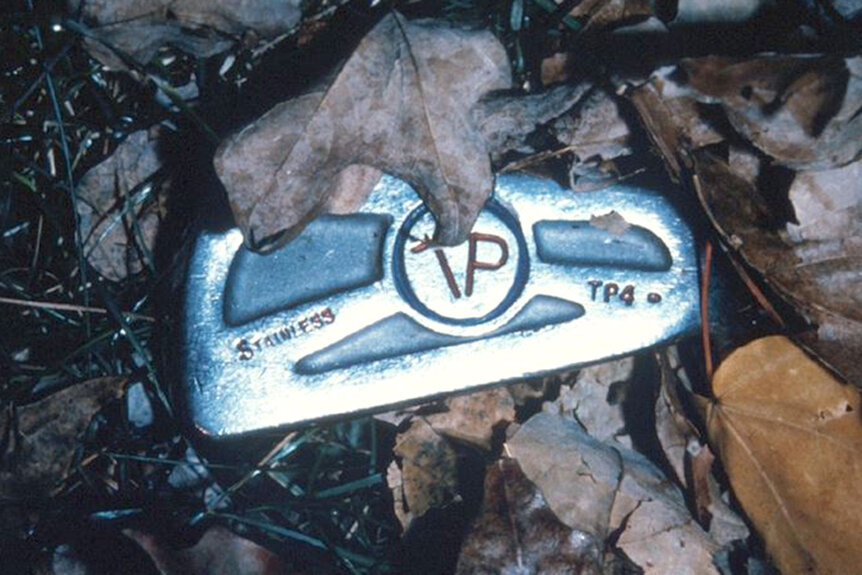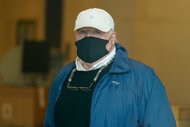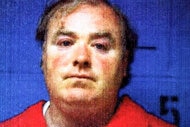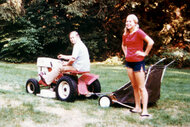Create a free profile to get unlimited access to exclusive videos, breaking news, sweepstakes, and more!
15-Year-Old Martha Moxley Murdered In ‘Frenzy Killing,’ Says Expert
During the premiere of “Murder and Justice: The Case of Martha Moxley,” former federal prosecutor Laura Coates met with renowned medical examiner Dr. Henry Lee.
It has been more than 40 years since 15-year-old Martha Moxley was found beaten and stabbed to death in the backyard of her family’s Greenwich, Connecticut home. While one man — her neighbor, Michael Skakel, who was also 15 at the time — was eventually arrested, tried, and convicted of her murder, his conviction was later overturned.
To this day, it is still unclear what happened to the high school sophomore on the night of October 30, 1975. A new team of investigators, however, is re-examining key evidence from the case in “Murder and Justice: The Case of Martha Moxley,” airing Saturdays at 7/6c on Oxygen.
In the premiere episode, series host and former federal prosecutor Laura Coates met with renowned medical examiner Dr. Henry Lee to go over Moxley’s medical and autopsy reports. Dr. Lee said that by looking at the type, location, number, and severity of Moxley’s wounds — which were caused by a Toney Penna 6-iron golf club that was recovered at the crime scene — he would define her murder as a “frenzy type of killing.”
“This is more than passion,” Dr. Lee told Coates, adding that the slaying was full of “aggression.”
According to Dr. Lee, the assailant had bludgeoned Moxley with such force that the grooved clubhead left imprint marks on her face. The shaft had broken into four pieces, only three of which have ever been found. Dr. Lee described how Moxley’s attacker then thrust the broken shaft all the way through her neck, resulting in her death.
To Coates, this type of killing “indicates the sustained anger of someone Martha may have known,” concluding that the suspect had a “definite purpose” during the assault.
Although the golf club used in the attack was traced back to a set owned by the Skakel family, no physical evidence has linked anyone in the family to the crime. The family patriarch, Rushton Skakel, has previously stated that his children often left their clubs outside, meaning anyone could have taken the murder weapon from their yard.
The evidence suggests that at approximately 10:00 p.m. on October 30, 1975, Moxley was walking up the driveway of her home and hit on the head from behind. She had just left the Skakel household, where Michael’s brother, 17-year-old Thomas “Tommy” Skakel, was reportedly the last known person to see her alive. Moxley’s body was then dragged about 70 feet to her backyard and left below a pine tree, where she was found the following day, reported the Hartford Courant.
Coates believes that the “up close and personal nature” of the killing and the placement of Moxley’s body between her family’s house and the Skakel residence points to the theory that Moxley’s assailant is someone she knew.
To learn more about the infamous 1975 Greenwich murder, watch “Murder and Justice: The Case of Martha Moxley” on Oxygen.
































